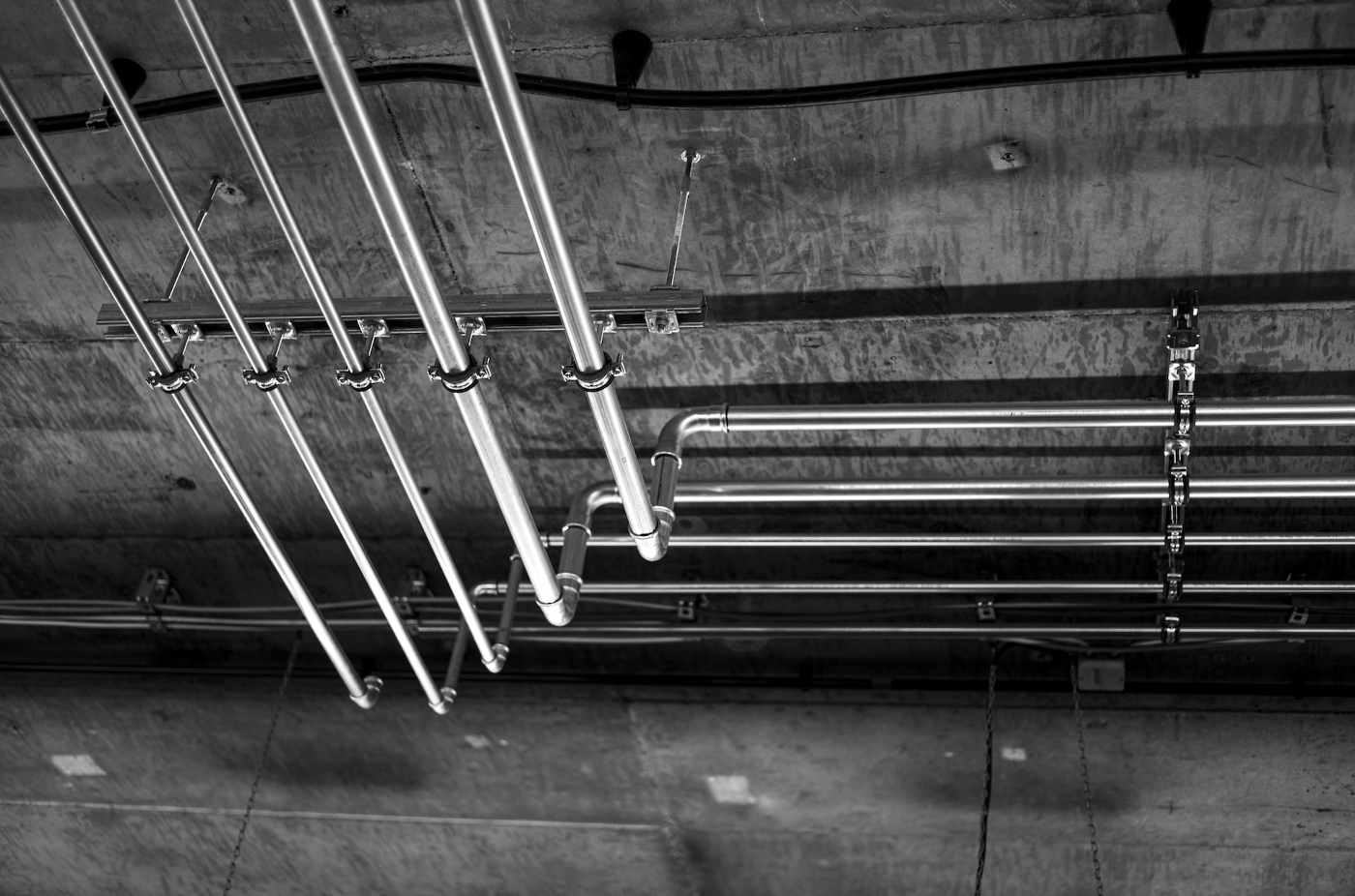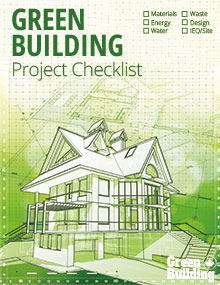Looking to build a new home but don’t know where to start? ICF building techniques may be the solution for you. In this blog post, we will discuss everything you need to know about using ICFs to build your dream home.
We’ll cover the basics of ICF construction, as well as some tips that can help make your house even better. So if you’re ready to learn some ICF building techniques, read on for all the information you need to get started.
ICF Building Techniques—Making Your House Great
ICF, short for Insulated Concrete Forms, are pre-made forms that can be used to create walls out of concrete. This technique has been used for decades, and it is becoming increasingly popular due to its energy efficiency, durability and resistance to fire and extreme weather.
It’s also a highly cost-effective way to construct a home. Furthermore, ICF homes are quieter, healthier and more comfortable than other types of construction.
Now, because ICF construction can be complex and time-consuming, it’s important to have a grasp of the basics before starting your project. More importantly, it is crucial to be invested and interested in the process as much as possible, so you can ensure that you will be able to tackle the project.
Here are the steps:
Level off the Terrain and Excavate for the Foundation
This is the first step in your ICF building project. It will involve levelling out the terrain and excavating a hole for your foundation. If you’re using a poured concrete foundation, then you’ll need to install rebar, or reinforced steel bars, as well as forms to hold the concrete in place.
In addition, it’s important to check for any existing underground pipes or cables before you start. When it comes to laying the foundation, it’s important to keep in mind that the foundation should be level, properly compacted and free of any protruding rocks or other obstructions.
Most importantly, make sure you hire a professional to inspect the foundation before you start building.
Lay a Gravel Base and Install the ICF Forms
Once your foundation is ready, you can begin to lay a gravel base and install the ICF forms. You’ll need to line up the blocks correctly while allowing for any pipes or cables that may be running along the side of the building.
Once everything is in place, you’ll use rebar and foam insulation to secure the forms. If you are following the manufacturer’s instructions closely and double-checking your work, you should have no problems here.
Install the Wiring and Plumbing

Before you can pour the concrete, you’ll need to install all of the necessary wiring and plumbing. This is an important step that should be handled by a qualified professional if you’re not sure what you’re doing. At the very least, you need to have a certified electrician inspect your work.
Assemble the ICF Blocks, Making Sure to Interlock Them Securely
Once the forms are in place, it’s time to start assembling your ICF blocks. Make sure that you interlock them securely and use a level to keep everything even and straight.
You’ll also need to cut some of the blocks as necessary and insert steel beams or door and window frames into the walls where needed. In addition, you’ll need to use foam sealant between the blocks to help keep out any moisture or air.
Place Rebar in the Forms and Pour in Concrete
Once the ICF blocks are in place, you can start adding rebar to reinforce the walls. After that, you can pour in concrete until it reaches the top of the forms.
This is a crucial step, as it ensures that your walls will be strong and durable. Furthermore, you’ll need to wait for the concrete to cure before you can proceed with the next steps.
However, if you are building the house yourself, make sure to check with your local building authority regarding the necessary codes and regulations.
Insulate Your ICF Walls with Foam Boards or Spray-in Foam Insulation
Once the concrete has cured you can begin insulating your ICF walls. There are two main methods that you can use: foam boards or spray-in foam insulation.
Both of these will provide a good level of insulation and help keep your home comfortable all year round. Furthermore, they will help ensure that your home is energy-efficient and can save you money in the long run.
Add a Waterproof Membrane to Protect Against Moisture
A membrane will help keep out any water or moisture that may seep into the walls of your home, keeping it dry and free of any mould or mildew.
Furthermore, it will also help protect your home from leaks and other related issues. Additionally, make sure to use a high-quality sealant around the openings for windows and doors to keep water out, as well. When it comes to waterproofing, it’s always better to be safe than sorry.
Seal up the Seams and Finish Your House as Desired
Lastly, you’ll need to add siding, windows and doors to complete your ICF home. This may involve working with a professional contractor or DIYing the job yourself.
You can seal up any seams and finish off the exterior of the house as desired. Furthermore, you can also add additional features such as gutter systems and landscaping to give the exterior of your home a finished look.
As the final step, you can now enjoy your new ICF home. With its superior insulation, energy efficiency and strength, it is sure to provide a comfortable and cost-effective living space for years to come.
Building a great ICF house is possible with the right knowledge and resources. ICF building techniques are an excellent way to create a strong, durable structure that will last for decades to come. With careful planning and execution, you can create a beautiful home that exceeds your expectations.
If you’re not interested in building an entirely new home, gutting and rebuilding the kitchen can also make your house significantly more eco-friendly. To learn more about rebuilding your kitchen by using ICF and other eco-friendly techniques, visit Create a Sustainable Kitchen from the Ground Up.
Best of luck with your ICF building project!


